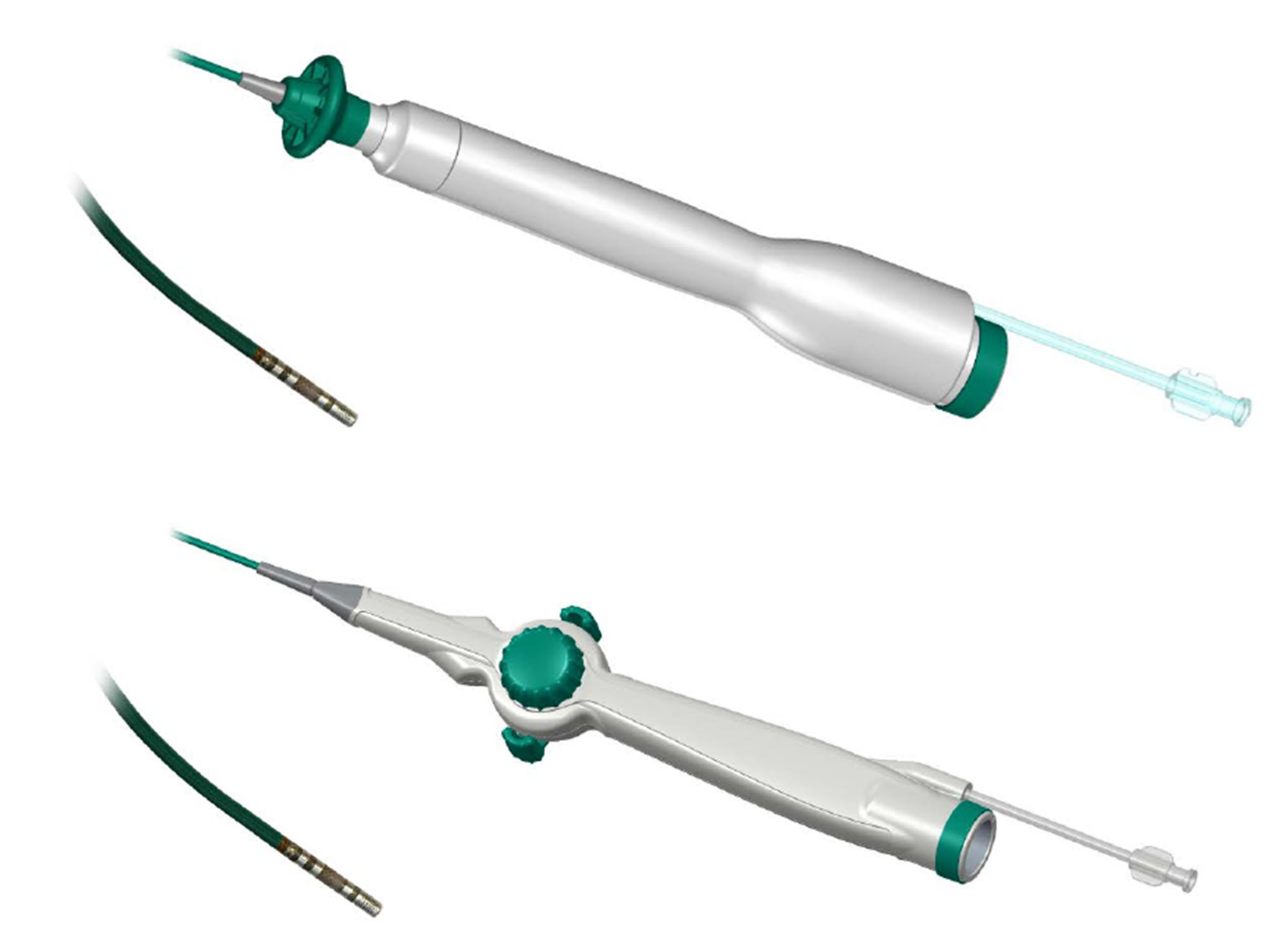FlexAbility Ablation Catheter, Sensor Enabled – P110016/S080
This is a brief overview of information related to FDA’s approval to market this product. See the links below to the Summary of Safety and Effectiveness Data (SSED) and product labeling for more complete information on this product, its indications for use, and the basis for FDA’s approval.
Product Name:
- FlexAbility SE Bi-Directional Ablation Catheter
- FlexAbility SE Uni-Directional Ablation Catheter
P110016/S080 Applicant: Abbott Medical
Address: 5050 Nathan Lane North, Plymouth MN 55442
Approval Date: December 14, 2022
Approval Letter: Approval order
What is it?
The FlexAbility SE Ablation Catheter is a long, flexible wire with a metal electrode at its tip. The tip can be heated and is intended to be used as a treatment for atrial flutter, an abnormal heart rhythm in the upper chambers of the heart that causes fast heartbeats.
This approval expands the indications for use to include the treatment of ventricular tachycardia, an abnormal heart rhythm in the bottom heart chambers that also causes rapid heartbeats, when the condition is due to diseased heart muscle without blocked or narrowed heart (coronary) arteries. The FlexAbility SE Ablation Catheter is approved for use to correct the condition after repeated (recurrent) ventricular tachycardia episodes occur that last for more than 30 seconds (sustained) or trigger an implantable cardioverter defibrillator (ICD), when these episodes aren’t controlled by medicine.
How does it work?
A doctor inserts the catheter through an artery in the upper leg (groin) and advances it through the blood vessels to the heart. Sometimes, the catheter is inserted below the tip of the breastbone to reach the outer surface of the heart. The doctor uses the catheter or another mapping catheter to identify where the heart muscle tissue is abnormal. In ventricular tachycardia, these abnormal areas are found near the inner and/or outer surface of lower heart chambers (ventricles). The doctor then uses the catheter tip to heat up, or ablate, the heart tissue and stop the abnormal electrical signals that cause the ventricular tachycardia.
When is it used?
The FlexAbility SE Ablation Catheter is used to treat recurrent, sustained ventricular tachycardia that isn’t controlled by medicine.
What will it accomplish?
In a clinical study, 166 people with recurrent sustained ventricular tachycardia and abnormal heart muscle not related to coronary artery disease received treatment using the FlexAbility SE Ablation Catheter. The people were followed for 6 months after treatment. Ventricular tachycardia did not return for 132 out of 166 people (80%) after treatment with or without additional medication adjustment. Additionally, 69 out of all 166 people (58.2%) did not have any more sustained (lasting more than 30 seconds) ventricular tachycardia and did not need additional medicine to manage their condition.
When should it not be used?
The FlexAbility SE Ablation Catheter should not be used in patients who:
- Have bloodstream infections (active systemic infections)
- Have tumors or clots in the heart
In addition, the FlexAbility SE Ablation Catheter should not be used to treat ventricular tachycardia when:
- A patient recently (within four weeks) had surgery on any of the heart’s chambers (ventriculotomy or atriotomy). The recent surgery may increase the risk of perforation.
- Patients have artificial (prosthetic) valves, as the catheter may damage the prosthesis.
- The catheter needs to be used through the blood vessels that deliver blood to the heart muscle (coronary arterial vasculature) due to the risk of damage to these vessels.
- The patient is unable to receive heparin or an acceptable anti-clotting alternative to achieve adequate anticoagulation.
Finally, specific catheter entry approaches for the FlexAbility SE Ablation Catheter are not recommended in the following conditions:
- Transseptal approach if the patient has an interatrial baffle or patch to close a hole in the heart, as the opening could persist and produce an iatrogenic (treatment-related) connection (atrial shunt).
- Retrograde trans-aortic approach if the patient previously had aortic valve replacement.
Additional information (including warnings, precautions, and adverse events):

